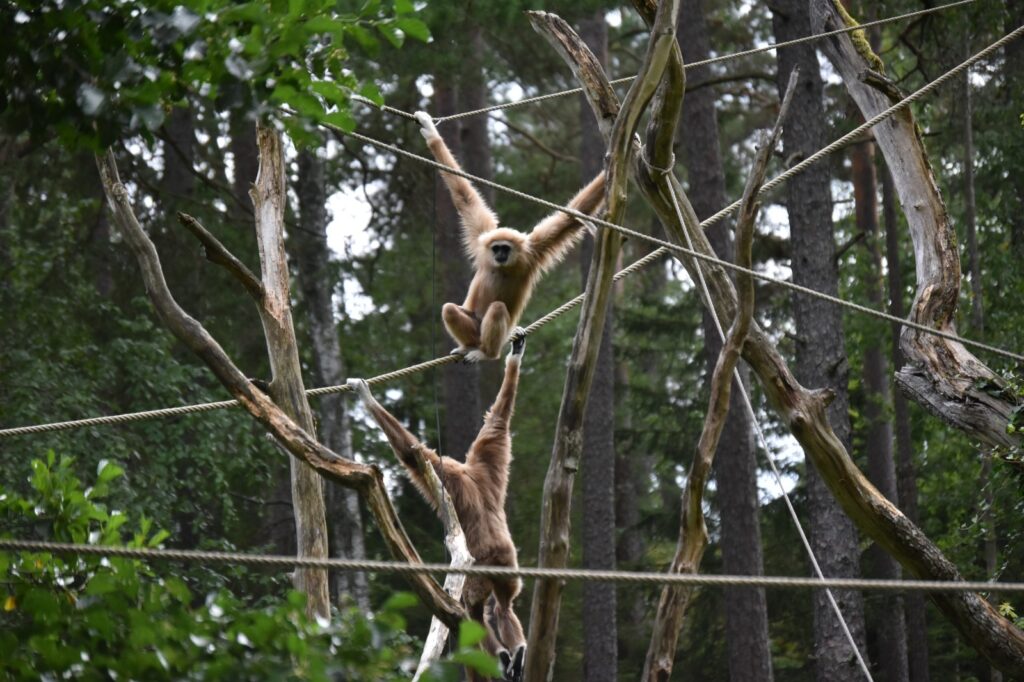Background
Aim
Food choice is fundamentally important for any animal and an adequate diet is essential for their wellbeing and health. Several factors determine food choice such as the availability and distribution of food sources as well as the nutrient composition of food items and their content of toxic compounds. Primates are an interesting taxon to study regarding food choice since there is a wide variety of dietary specialists.
Since nutrient composition and total energy content has been shown to be a driving factor for food choice in primates, it should also be important for the animals to take the quantity and size of the food into regard when they are choosing a food item.
Frugivores are often confronted with the problem that their food is patchily distributed. Therefore, it should be important for frugivorous primates like gibbons to pay attention to the properties of their food since it could help them to maximize their intake of energy and nutrients.
The aim of the study was to assess the ability of three captive white-handed gibbons to visually discriminate between different sizes of a given type of food & whether they display a preference for the larger one of the two options.
